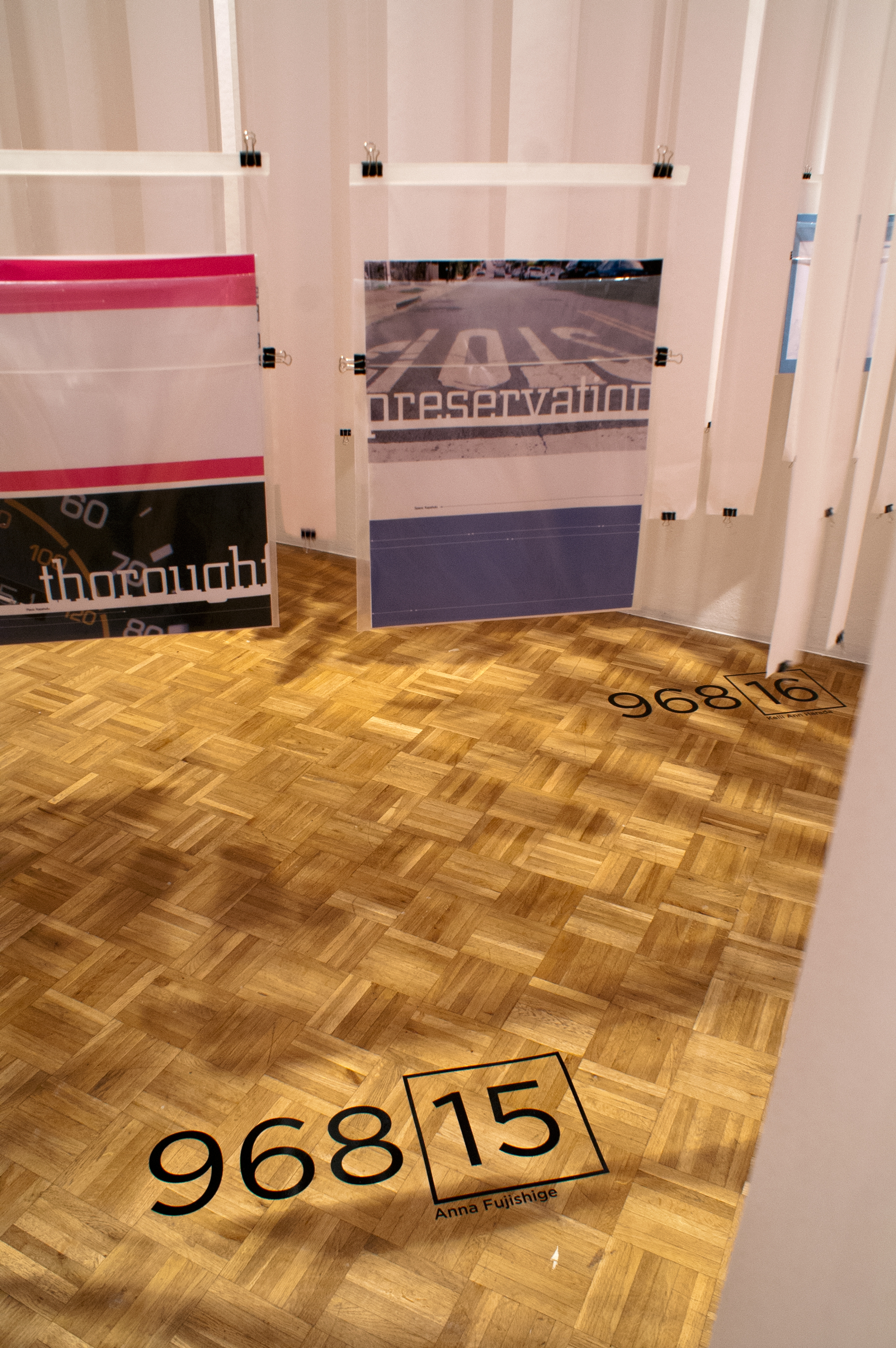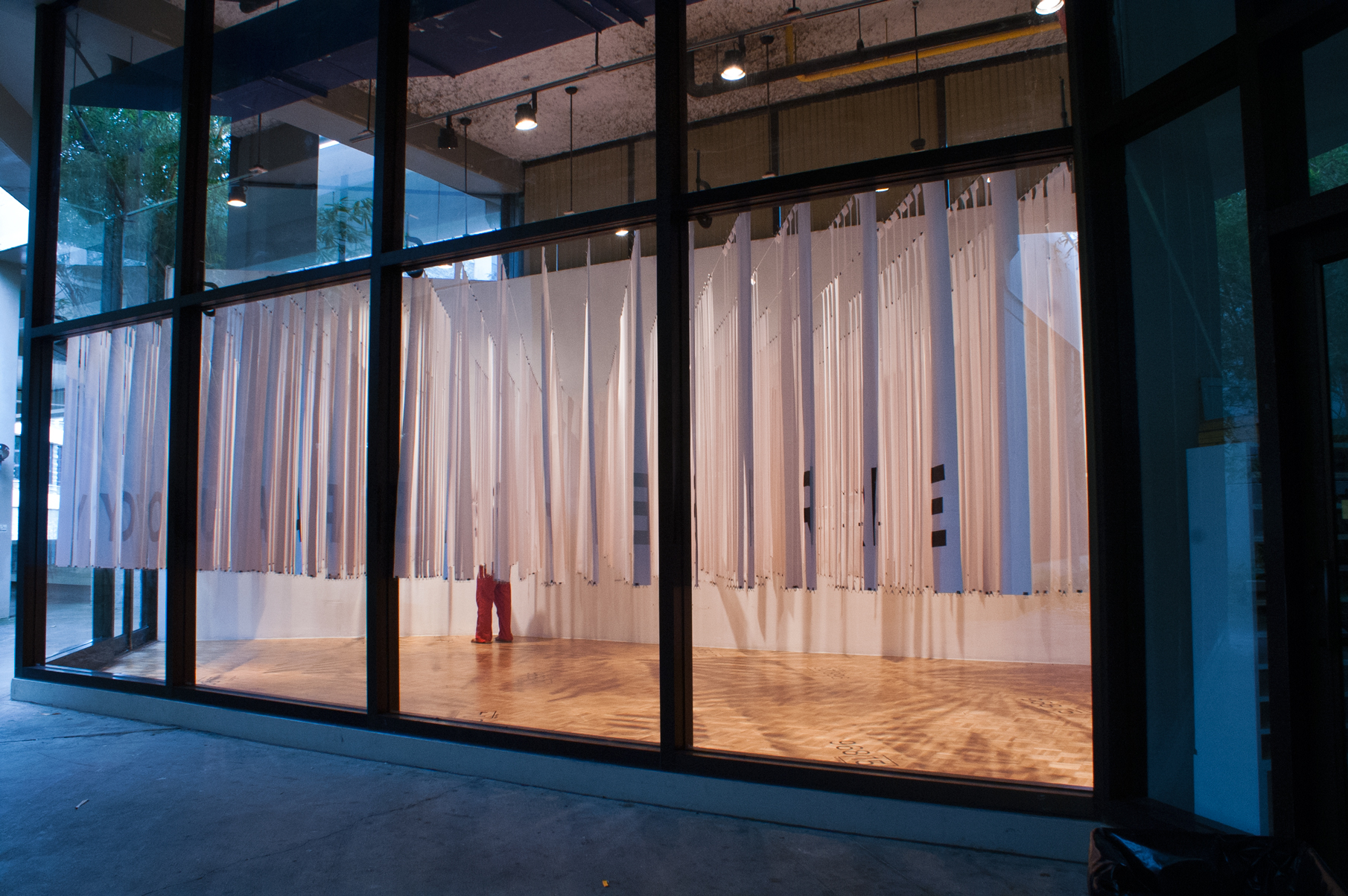Site-seeing: Reading the Urban Landscape
Project
Site-seeing: Reading the Urban Landscape
Purpose
To document, study and interpret typography in the landscape, particularly as such typography signifies the unique identity of an urban ‘site’. To understand the book as a typographic ‘site’ in its own right. To imagine an exhibitionary space as its own landscape—one that incorporates specific readings and, in this case, the merger of inside and outside, landscape and its representation in typographic/symbolic form.
Assignment
Senior students are assigned sites in the Honolulu area. These sites encompass a range of areas including Chinatown, Manoa (a residential district), Mapunapuna (an industrial park), etc. Students are then asked to design two books that consider the site as both a “place” and a “space” (as defined by the French literary theorist, Michel de Certeau, in the quotes below). The books work in tandem and students are responsible for the actual content of the text as well as any images. After the books are designed, the students then work together to design a ‘map’ of the combined sites in a small student gallery. The map must consider the gallery space in a unique way and include all the books in the final installation. Ultimately the books and the cartographic installation work together and present the enveloping idea of the site (as a place) and the daily operations that activate and alter the site (as a space).
Place: “A place (lieu) is the order (of whatever kind) in accord with which elements are distributed in relationships of coexistence. It thus excludes the possibility of two thing being in the same location (place). The law of the ‘proper’ rules in the place: the elements taken into consideration are beside one another, each situated in its own ‘proper’ and distinct location, a location it defines. A place is thus an instantaneous configuration of positions. It implies an indication of stability.”
—Michel de Certeau
Space: “A space exist when one takes into consideration vectors of direction, velocities, and time variables. Thus space is composed of intersections of mobile elements. It is in a sense actuated by the ensemble of movements deployed within it. Space occurs as the effect produced by the operations that orient it, situate it, temporalize it, and make it function in a polyvalent unity of conflictual programs or contractual proximities. On this view, in the relation to place, space is like the word when it is spoken, that is, when it is caught in the ambiguity of an actualization, transformed into a term dependent upon many different conventions, situated as the act of a present (or of a time), and modified by the transformations caused by successive contexts. In contradistinction to the place, it has thus none of the univocity or stability of a ‘proper.’”
—Michel de Certeau
Role ............. Graphic designer, Photographer, Research
Advisement ............. Anne Bush
Featured in:
• Steven Heller and Lita Talarico book, Design School Confidential: Extraordinary Class Projects From the International Design Schools, Colleges, and Institutes
• James Craig and Irene Korol Scala website Designing with Type: The Essential Guide to Typography
Publications

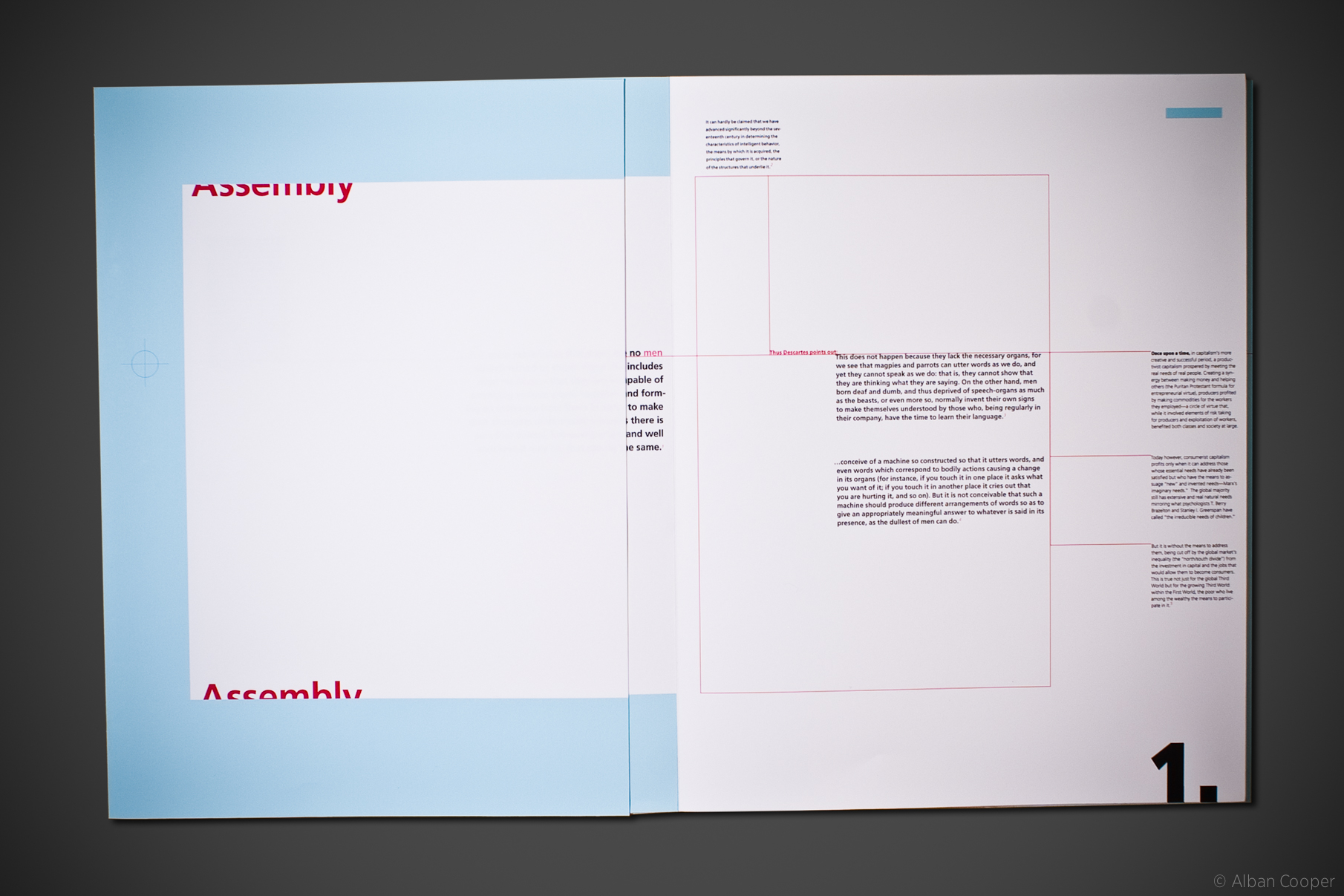
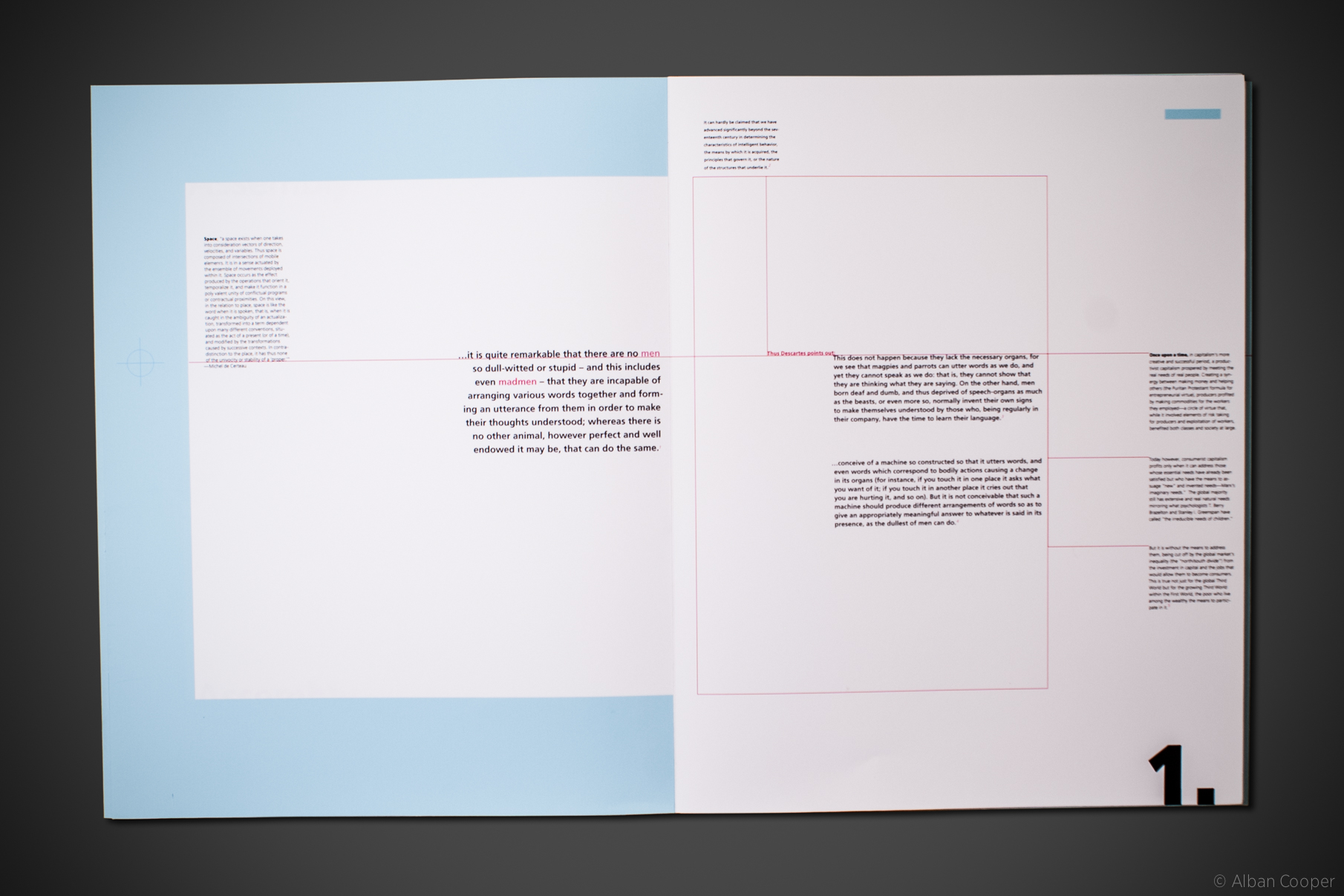
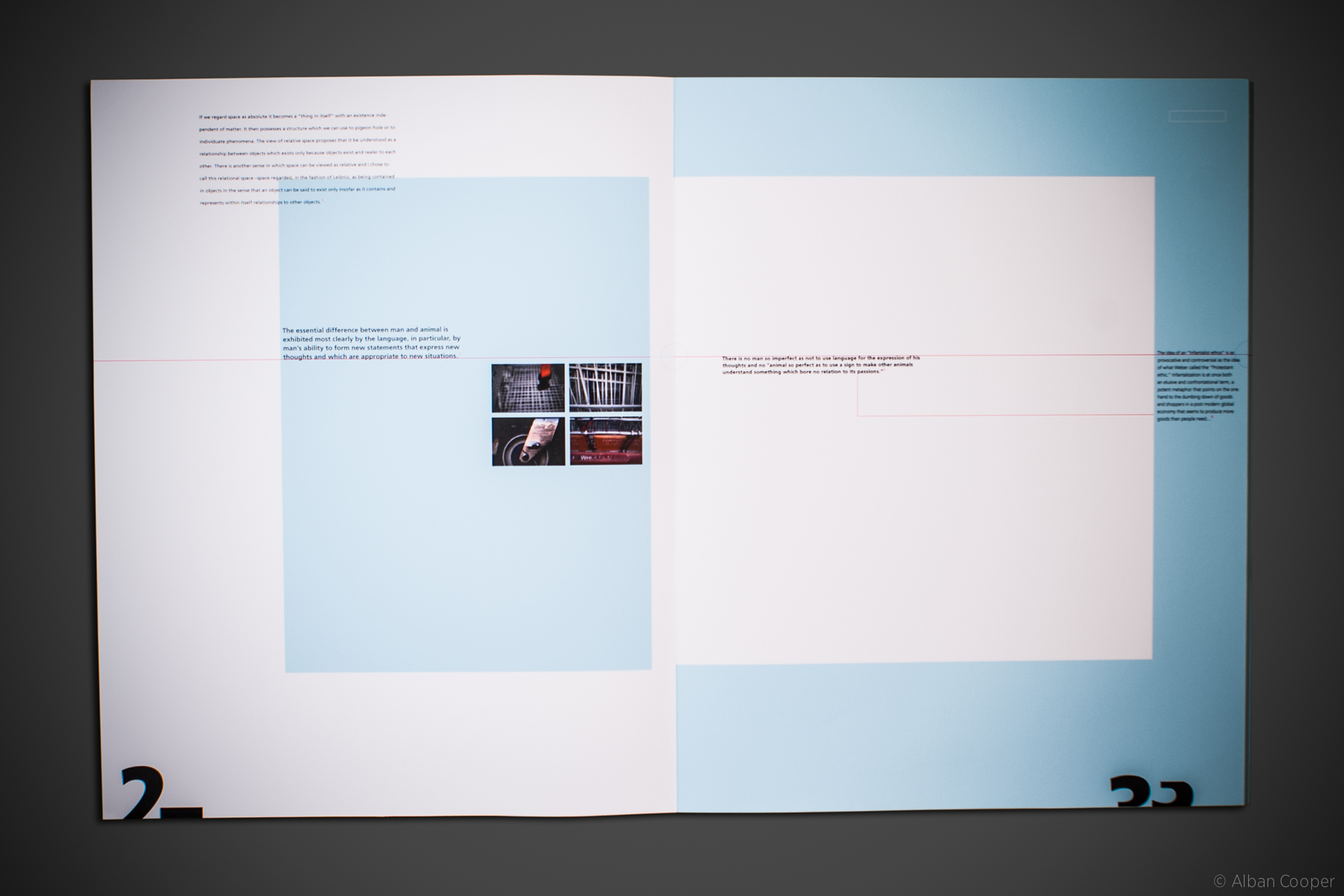
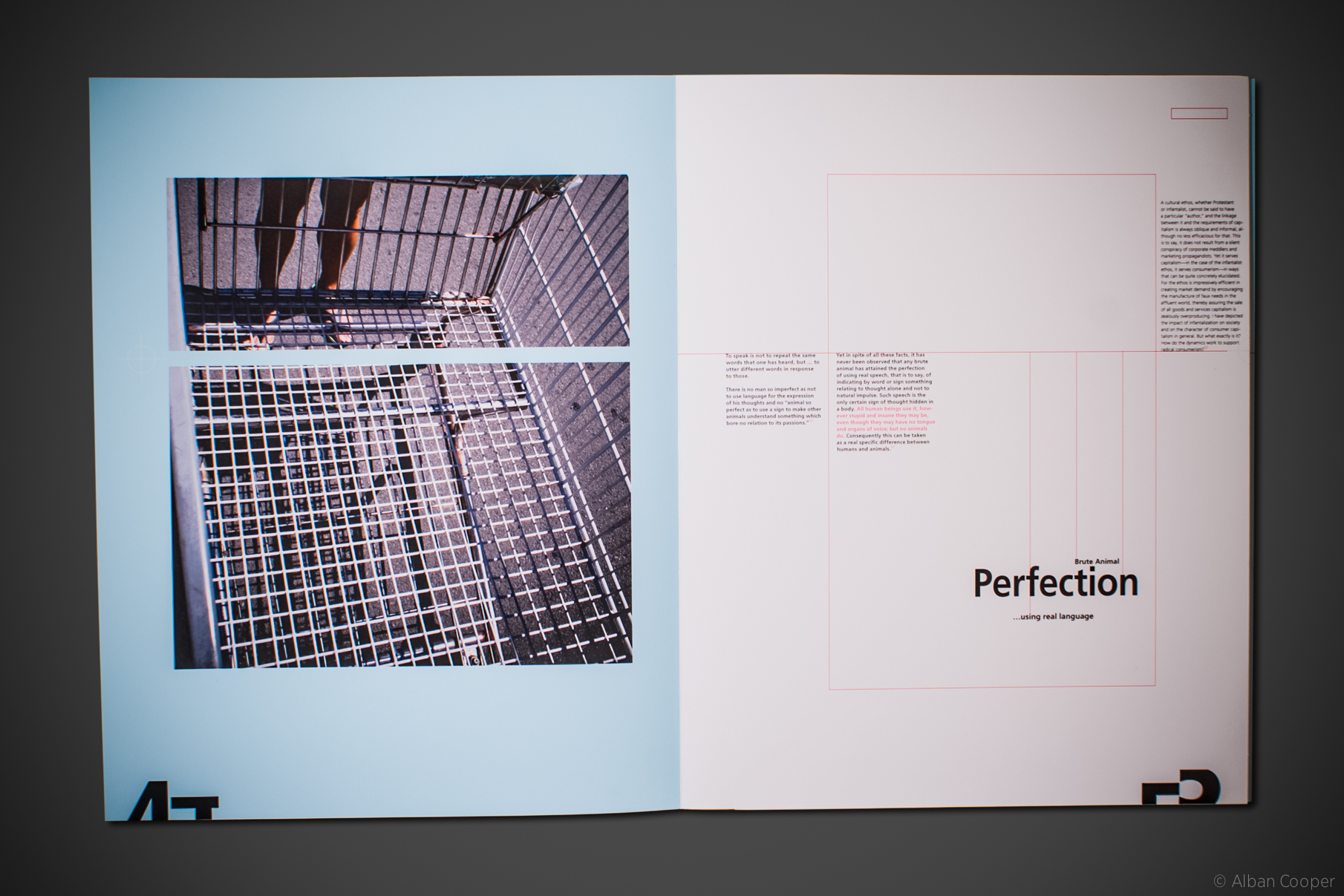
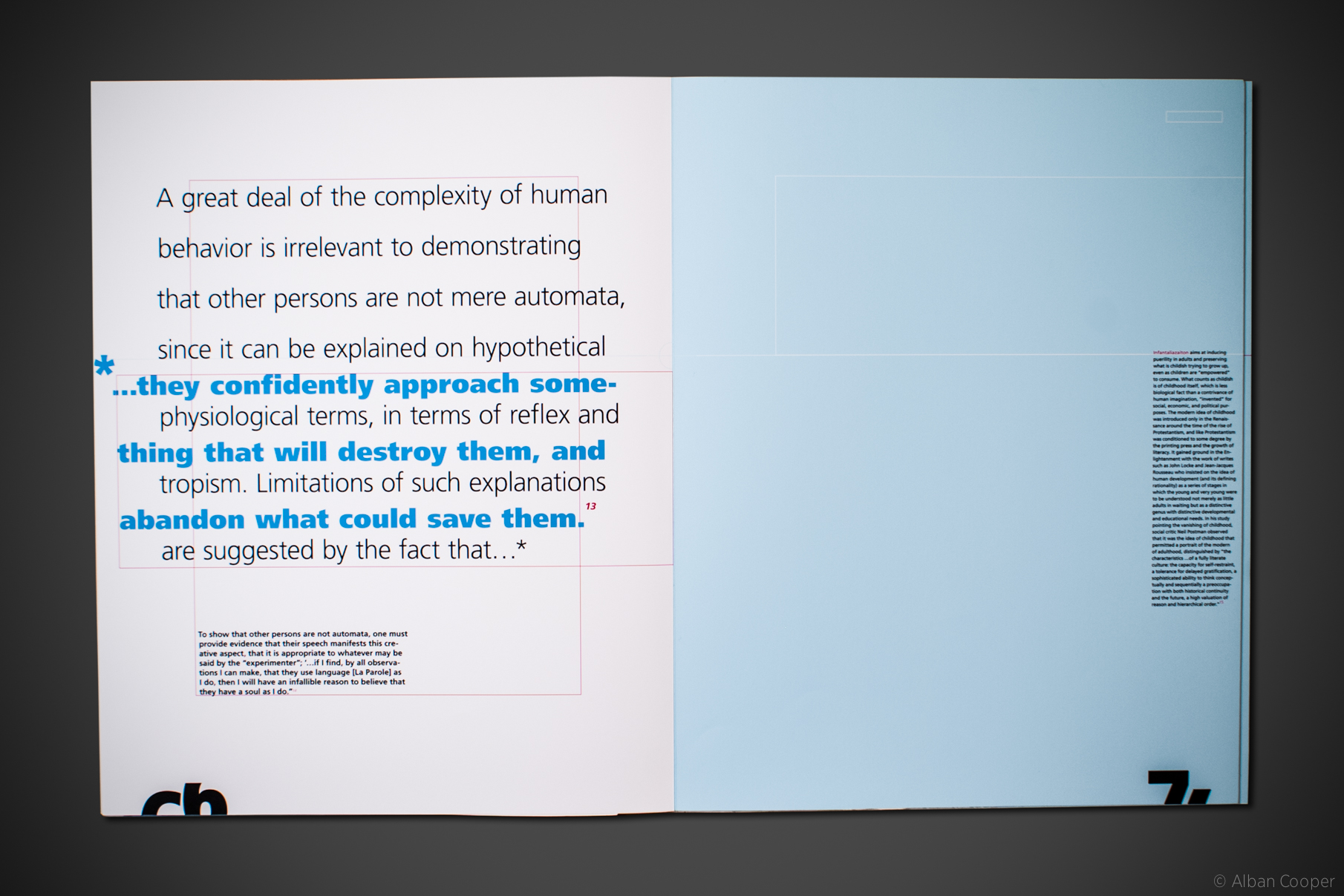
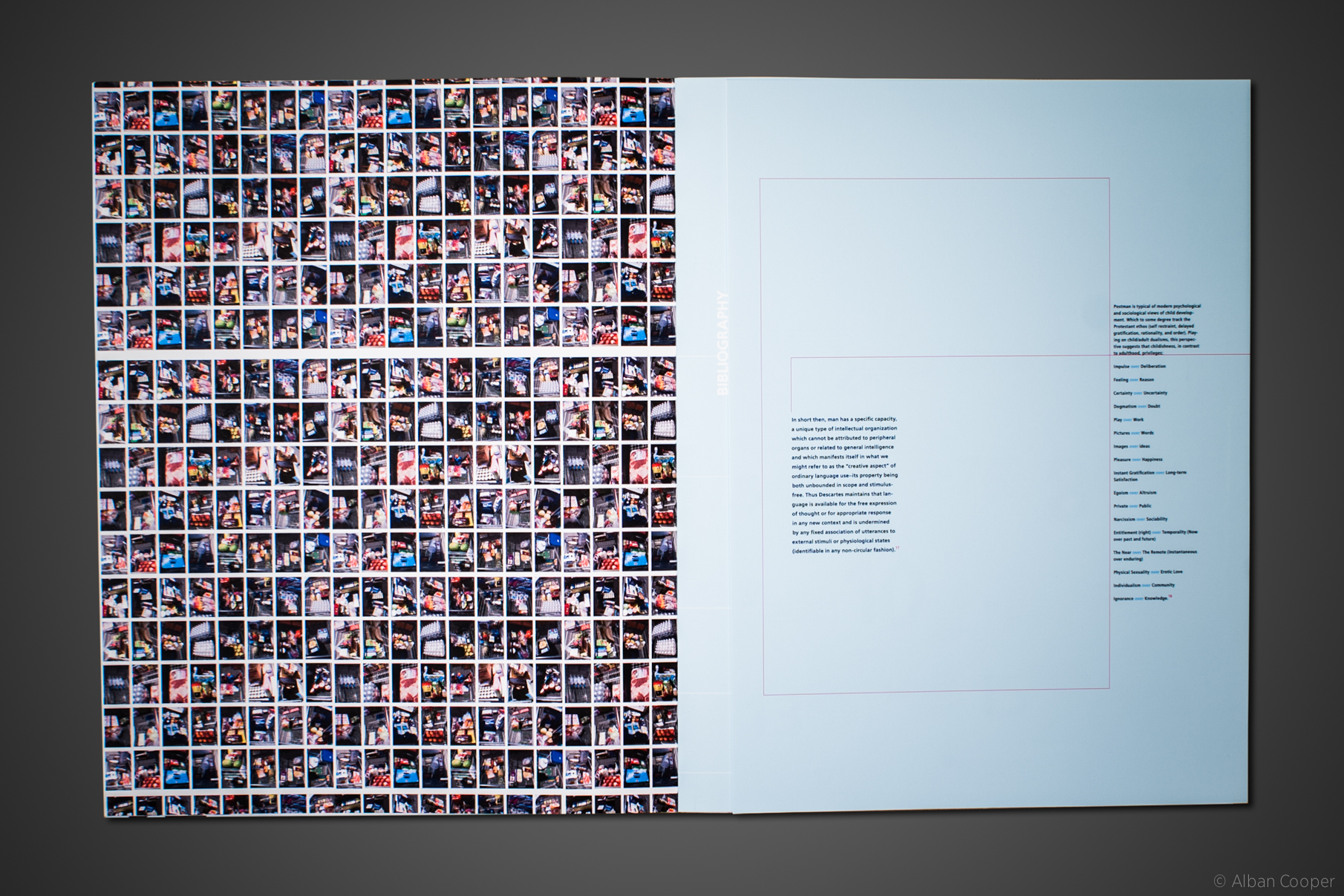


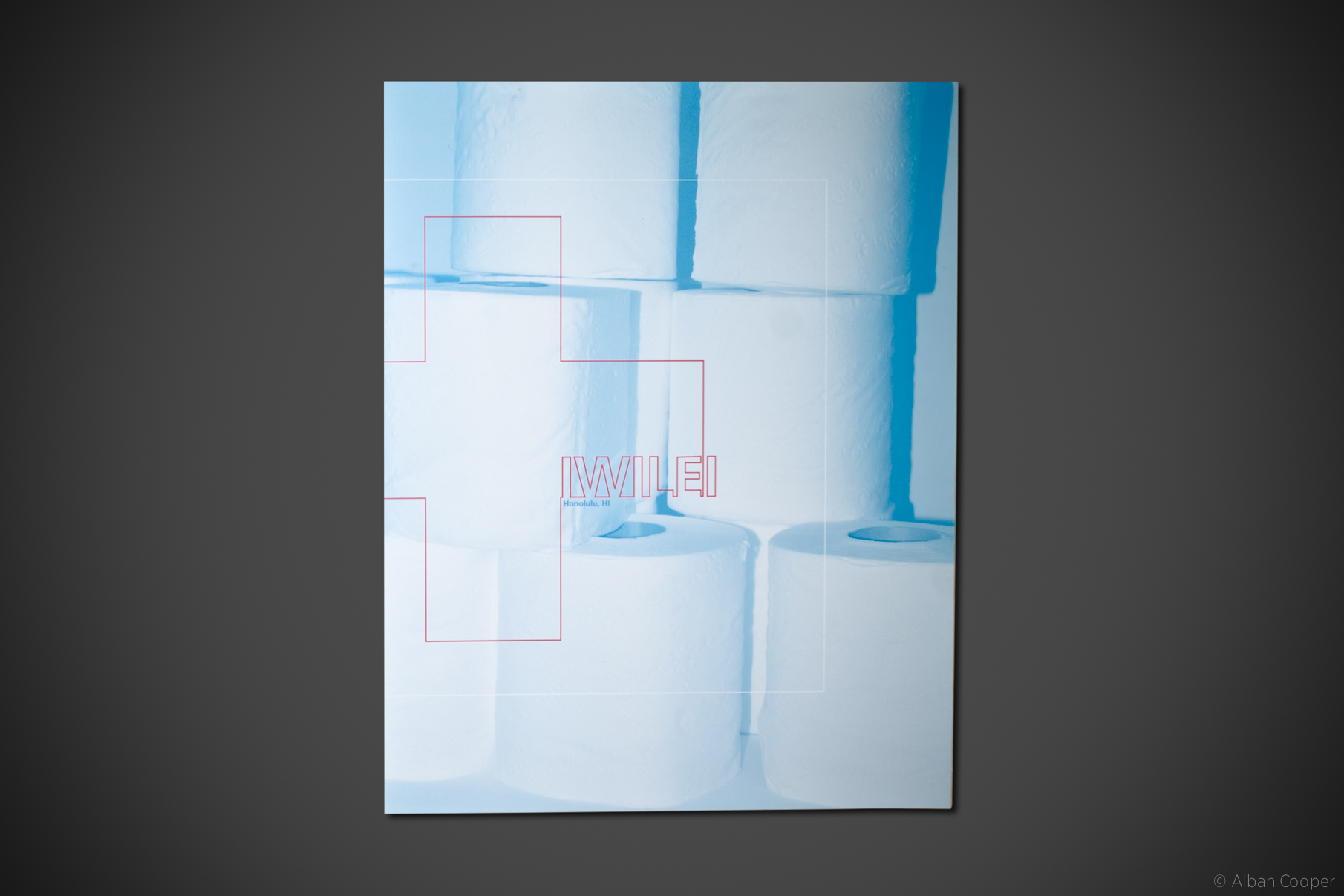
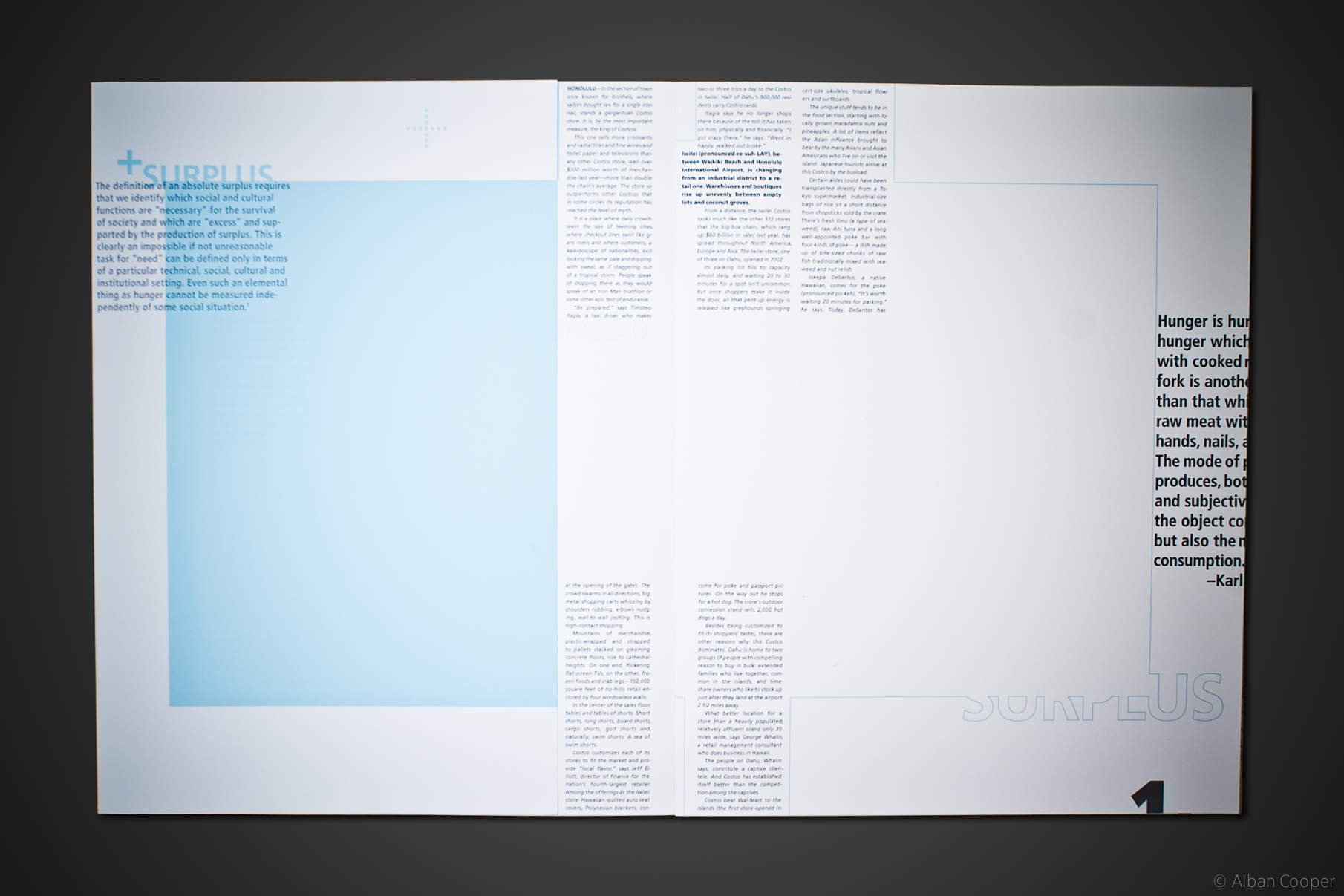
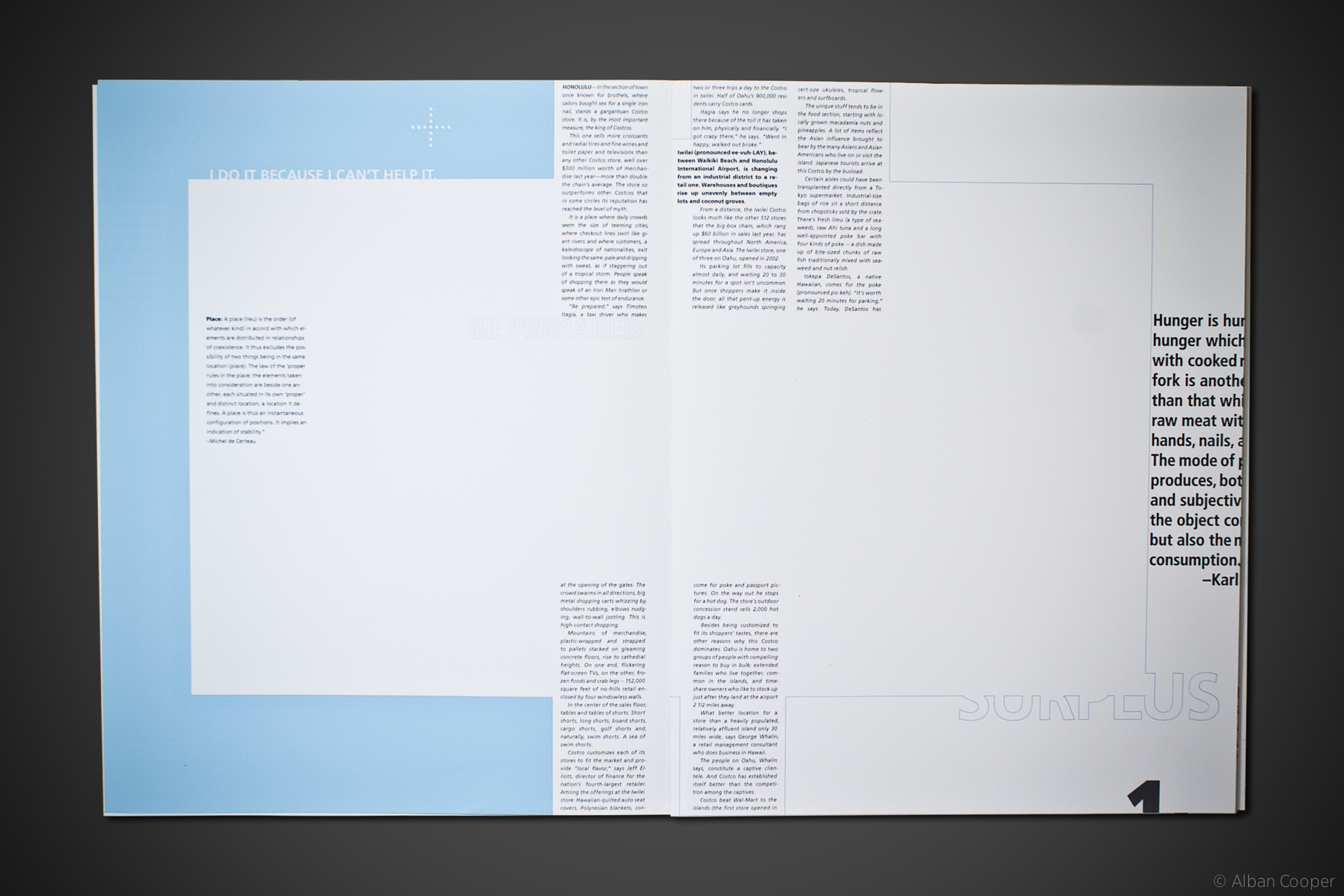



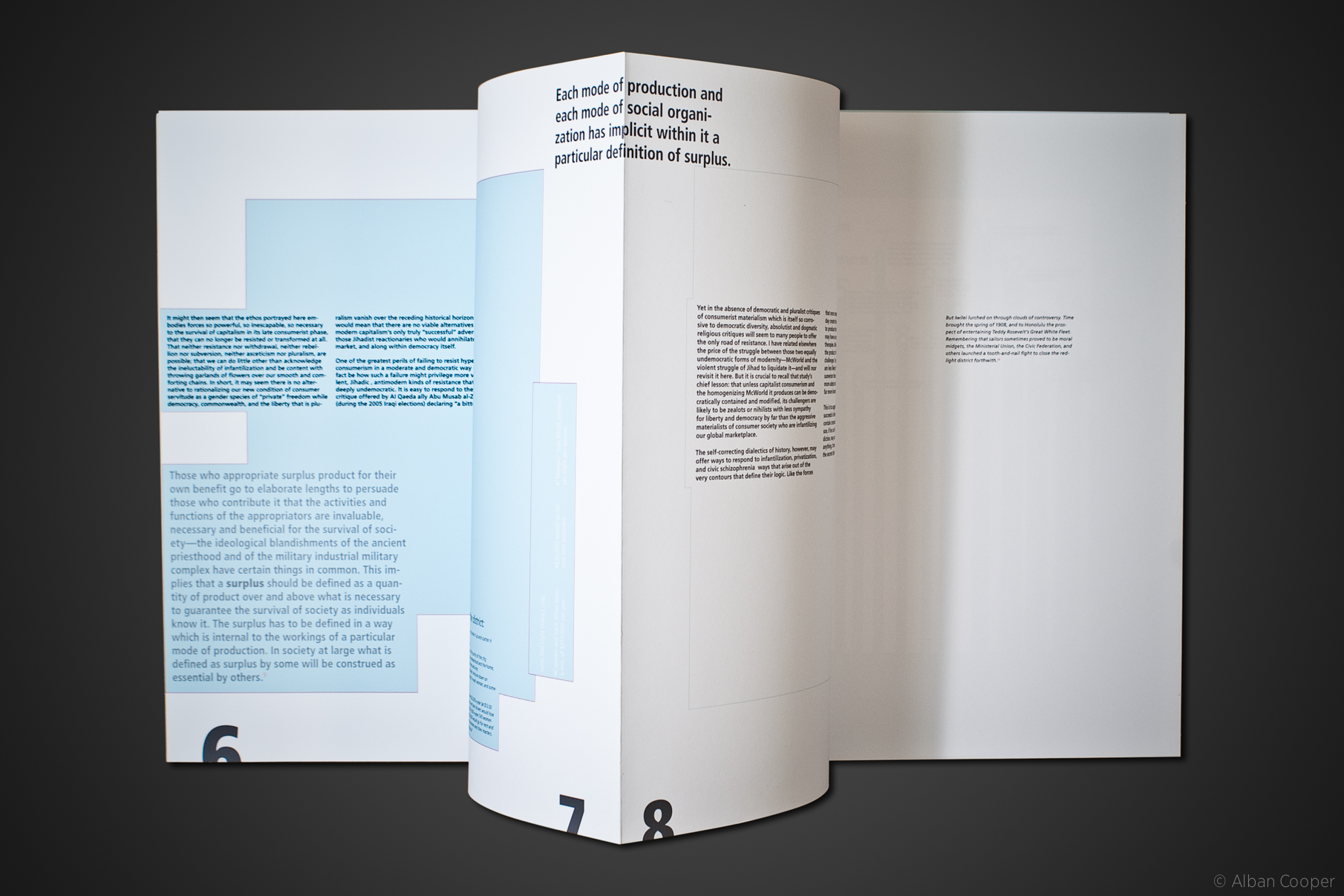

Exhibition
![]()
![]()
![]()
![]()
![]()
![]()




